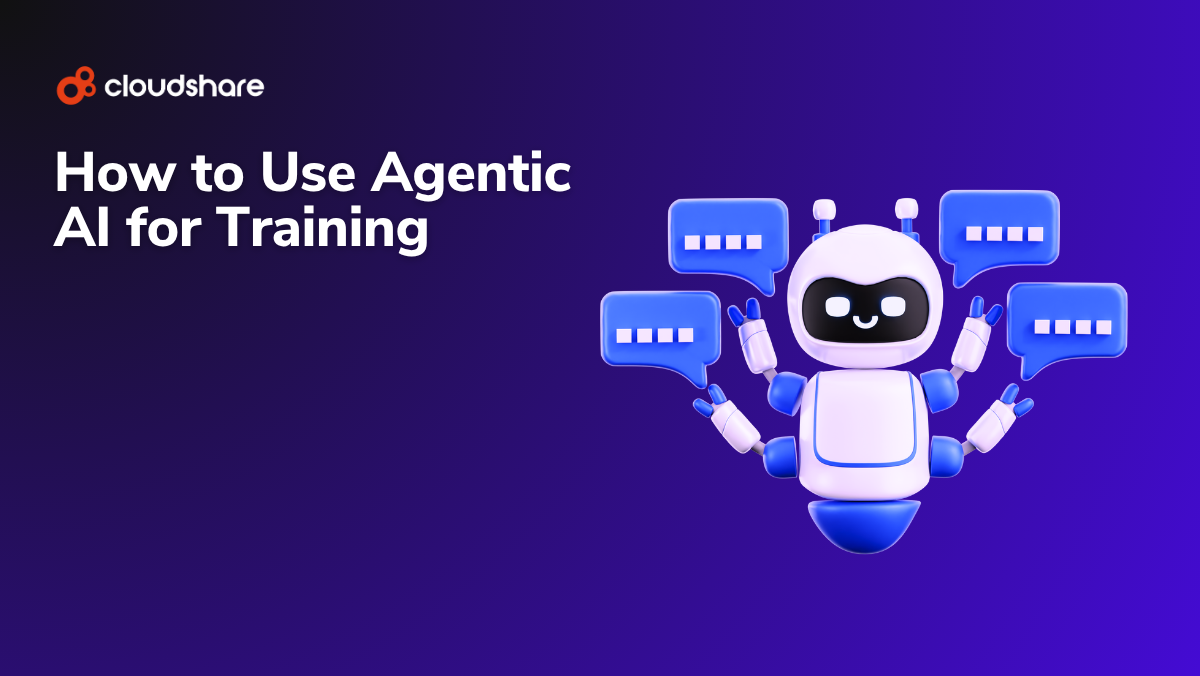
Key Takeaways
- Customer certification programs can drive both product adoption and customer retention
- Certification frequently cultivates brand advocacy and contributes to lower support costs
- Developing a certification program requires a structured, intentional approach, starting with market research and defined by continuous improvement
Customer education and customer success are two sides of the same coin.
The more professional development opportunities you offer, the more likely clients are to remain loyal to your business.
Knowing this, it’s clear why certification programs are one of the most effective ways to confer knowledge and expertise to your customers.
Thinking of creating your own customer certification program? Here are a few key considerations.
What is a Customer Certification Program?
A customer certification program is a formalized, structured course designed to confer and validate expertise or proficiency.
While often focused on an organization’s product, service, or platform, these programs may also cover industry-specific knowledge and skills. They’re typically much more comprehensive and rigorous than traditional customer education, and they include assessments to validate and verify skills.
They also typically award some form of credential upon completion.
Customer certification programs are occasionally confused with customer experience certification programs, which focus on customer experience management and aren’t typically part of customer education.
Related: The Role of Training Verification and Certification in Online Learning
The Benefits of Focusing Customer Training on Certification
Formalized customer education programs frequently have a measurable impact on customer retention and satisfaction. Certified customers often become brand advocates, sharing their credentials on social media and evangelizing vendors to prospects. Meanwhile, deeper adoption and expertise help customers gain more value from a product or service.
Additionally, because better-trained customers are less likely to require product or technical assistance, certification programs typically lead to reduced support overhead.
How to Create a Certification Program: A Step-by-Step Framework
The framework below will walk you through the process of planning, creating, and maintaining a certification program for your customers.
1. Define Focus and Scope
Assess customer needs, market gaps, and skill shortages to determine the core competencies your certification should represent.
Related: Virtual Training Assessments: A Guide to the Latest Tools and Best Practices
2. Identify Goals
Based on market data and business objectives, determine your objectives, desired outcomes, and key performance indicators.
3. Choose a Format
Decide whether your certification program will be delivered online, in person, or as a blended course with both self-paced and instructor-led elements.
4. Choose and Deploy Resources
Identify the software and tools you’ll leverage to support your certification program as well as any underlying infrastructure, if relevant. This may include a certification-focused learning management system, virtual labs, and a learning experience platform.
5. Develop Content
Build out learning modules, templates, and assessments based on the competencies and objectives identified in steps one and two.
6. Monitor Progress
Gather insights about your training through a combination of analytics and direct learner feedback, then use them to identify bottlenecks and opportunities to improve your certification program.
7. Certify and Renew
Ensure your program is set up to automatically issue certifications to those demonstrating the required competencies. You should also have a means of tracking any graduates who are up for recertification.
Support Your Certification Efforts with CloudShare
Course design and certification management are only part of the equation. You also need to find the right platform to deliver your content.
CloudShare can help with that. Our virtual labs allow you to accelerate time-to-value with hands-on training experiences, while our new Guided Journey feature can help you break your certification program down into clear, milestone-driven steps. Integrate it with your learning management system and digital credentialing tools, and you’ll have everything you need to develop top-tier education for your customers.
Book a demo and we’ll show you how to get started.
Learn How to Create a Killer Customer Education Program
Developing customer certification training can be a daunting prospect, especially if you lack a solid understanding of the fundamentals of customer education. We’ll help you get started with our Ultimate Guide to Customer Training. You can also check out 10 Tips to Get SaaS Customer Training Right the First Time.
FAQs
What is the difference between customer training and customer certification?
Customer training focuses strictly on providing guidance and knowledge to customers, typically with the goal of helping them more effectively use a product or service. Customer certification tends to be more structured, as its goal is to formally validate that a customer has achieved a certain level of knowledge or expertise.
How can certification programs improve long-term customer retention?
Certification programs motivate customers to deepen their knowledge and mastery of a particular field or discipline. In doing so, they’re likely to become more invested in the company offering the certification program. To put it another way, customers tend to appreciate when a business gives them opportunities for professional development.
Many modern learning management systems support certification-focused training directly out-of-the-box, with integrated workflows for tracking, assessment, and issuance. Examples include Skilljar, TalentLMS, LearnUpon, 360Learning, and Docebo.Can certifications be integrated with existing LMS or LXP platforms?
Yes. As mentioned above, the majority of LMS platforms support certification management. Additionally, the majority of virtual credentialing solutions integrate with both LMS and LXP platforms through either API, plugin, or pre-built connectors.
What role does gamification play in customer certification programs?
Gamification plays the same role in certification programs as it does in other training initiatives. It makes the learning experience more entertaining and engaging through the use of elements such as achievements, leaderboards, and built-in rewards.




